Tag: English
“We Have Ways of Making You Talk”
1st Gen Students
“Teaching Success with 1st Gen Students”
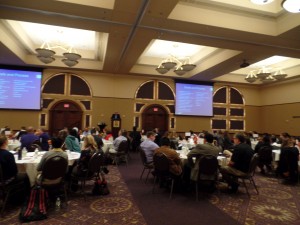 Did you know that over 40% of K-State student population are 1st Gen? In addition, an amazing number of our K-State faculty are also 1st Gen?
Did you know that over 40% of K-State student population are 1st Gen? In addition, an amazing number of our K-State faculty are also 1st Gen?
“Teaching Success with 1st Gen Students” event was a remarkable one. Our hearts were deeply moved by Judge Tommy Webb, our Luncheon Speaker, when he shared his life story. As well as we observed some interesting videos about K-State faculty who are 1st Gen. And mainly we got valuable information from Dr. Lee Ward, who was the keynote Speaker, about first generation college students and research done about it. Here I share part of his presentation.
First Generation Students in the Headlines
Chronicle of Higher Education
First Generation Students are Pioneers, Not Problems
Helping First Generation Students Straddle Two Cultures
Separate Dorms for First Generation Students?
The Biggest Obstacles for First Generation Students
First Generation Latino Students in Crisis
Defining First Generation Student
- A student for whom neither parent obtained a bachelor’s degree (TRIO definition)
- A student for whom neither parent attended college (Suder Foundation definition)
Transition into College
Preparation for College
- Lower educational aspirations
- Lower career aspirations
- Fewer honors, dual enrollment and AP courses in high school
- Lower high school GPA
- Lower SAT and ACT scores
- Fewer college visits and apps
Cultural Capital and FGS
- The social value that a student derives from his or her parents
- The language, norms and directions that parents pass on to their children regarding college
- Cultural capital is always different, never more or less
- Educational and social disadvantage comes from difference, not amount
Transition through College
Academic and Social Integration
- Less likely to study in groups or connect with peers outside class
- Less likely to connect with faculty outside class
- More likely to delay entering and interrupt enrollment
- Most work, and work more than other students, while in college
- Fewer study in arts, humanities, education, and social sciences
- Fewer live on campus in their first year
Engagement
- Lower participation in student organizations, recreation, learning communities, study abroad, honor programs, internships, community service…but
- High impact practices have a compensatory effect
Transition Out of College
- Attrition rates are higher
- FGS leave with higher debt
- FGS leave into continuing family responsibilities that other graduates generally do not have
- Becoming Straddlers
The Role of “The Faculty”
“The key to increasing student learning and success
is not for faculty to teach more or better,
but for all of us to create conditions that motivate and
inspire students to devote time and energy to
educationally-purposeful activities, both in and out of class.”
The Student Learning Imperative, 1994
STEM Teaching Event
“Reading, Writing & Relationships”
“Teaching Success with First Gen Students” pictures
“Teaching Students to Write Well”
I would like to highlight the following interesting material as an example. It is necessary to mention that writing regulations will depend on the area you are writing for.
Common Writing Mistakes to Avoid
- Avoid the 1st person (I, me, my, we, us, our) in formal writing.
- Avoid the 2nd person (you, your, yours, yourself) in formal writing.
- Avoid contractions in formal writing. Instead of writing don’t, write do not, etc.
- Periods and commas go INSIDE quotation marks, not outside.
- Use the active voice instead of the passive voice:
- Passive voice sentence: The paper was written by him.
- Active voice sentence: He wrote the paper.
- Be consistent in your verb tense when writing papers; do not switch back and forth between the present and past tense.
- It’s = it is (a contraction); its = possessive – something belonging to it.
- It’s really hot outside. (It is really hot outside).
- Every class has its own personality. (This is possessive, even though there is no apostrophe).
- Use semi-colons correctly. There are only two ways to use semi-colons correctly:
- Connects two COMPLETE sentences that are very closely related. Ex: The right to vote in local and national elections is something that many people in the world do not have; for this reason, many people believe that anyone who is eligible to vote has a responsibility to do so.
- Used to divide items in a series when a comma is already part of a clause that makes up one of the items in the series: Ex: There are basically two ways to write: with a pen or pencil, which is inexpensive and easily accessible; or by computer and printer, which is more expensive but quick and neat.
(From: http://writing.wisc.edu/Handbook/Semicolons.html)
“Teaching Success with First Gen Students”
Observation #1 – Fall 2015
Principles of College Teaching (EDCI 943)
Observation #1 – Fall 2015
Here you and your partner can post your interview questions and the observed instructor’s responses to these questions. Please refrain from listing the instructor’s name in your post. We will discuss your observation and interview experiences during class.


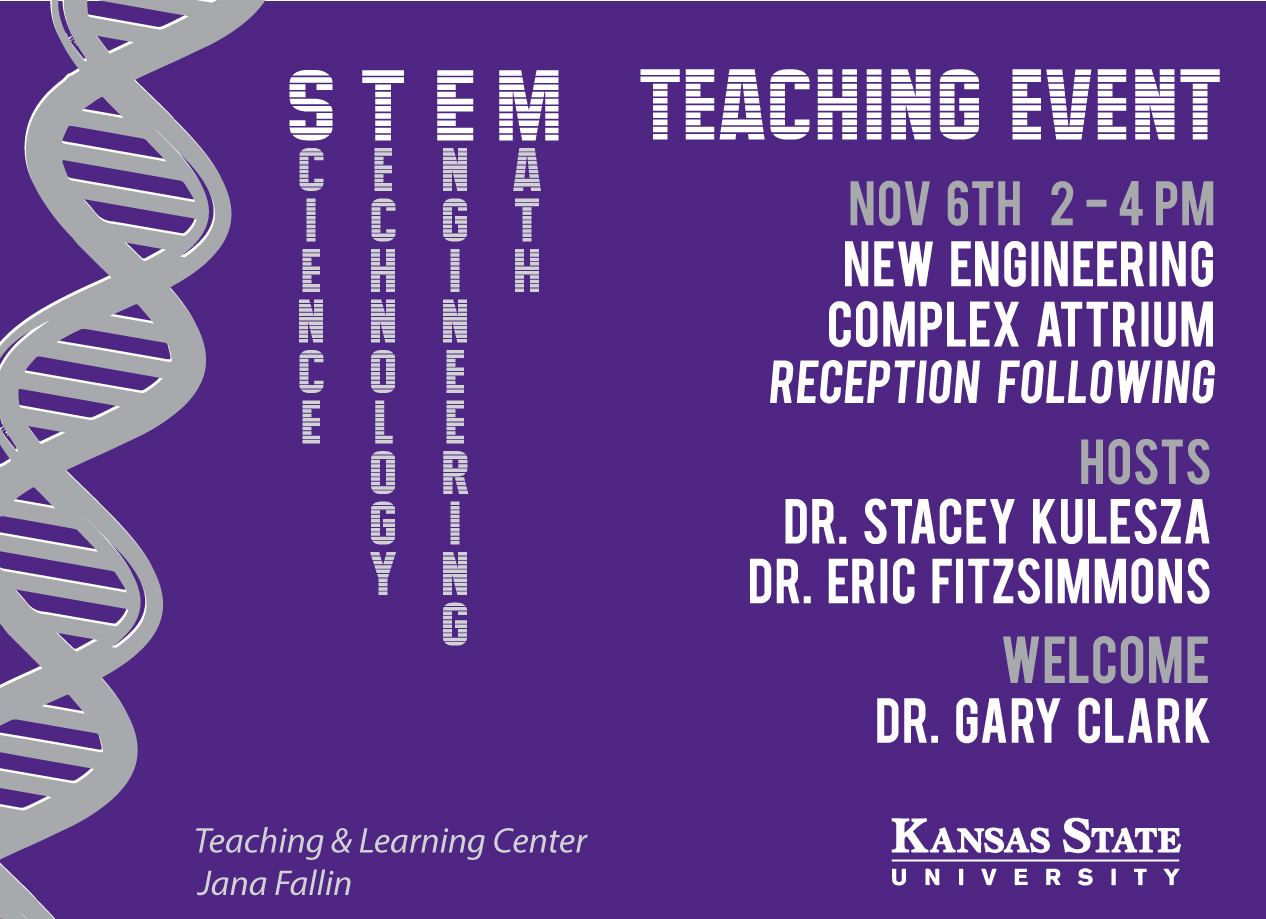
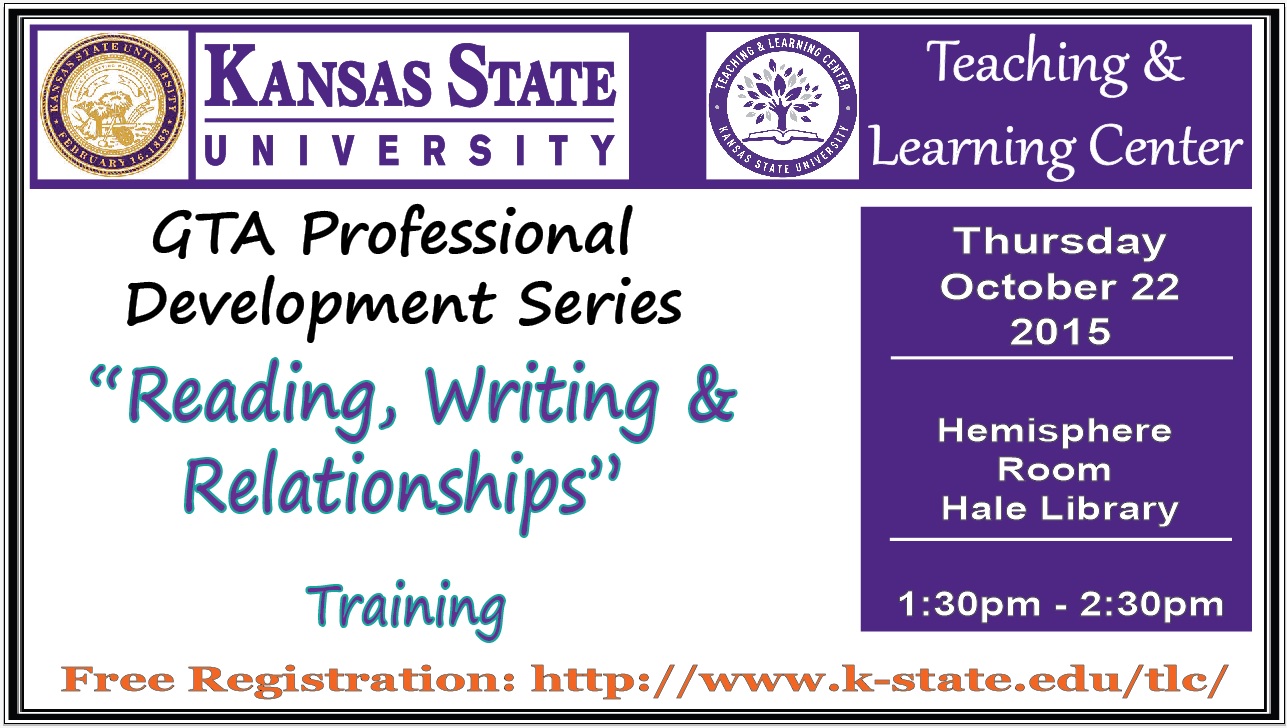



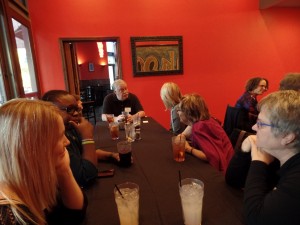






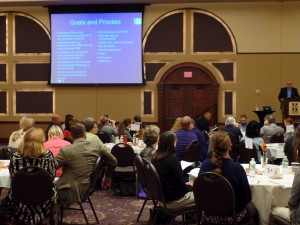
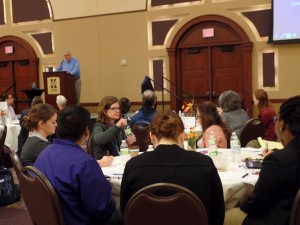
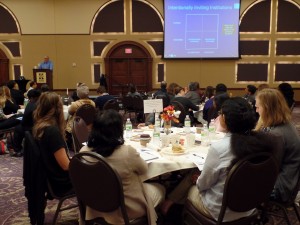
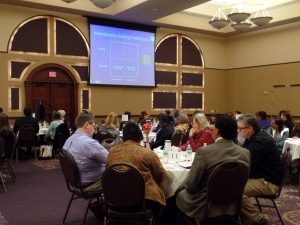
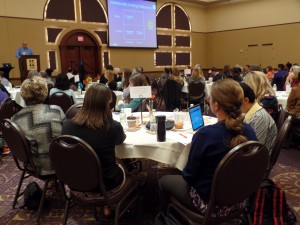
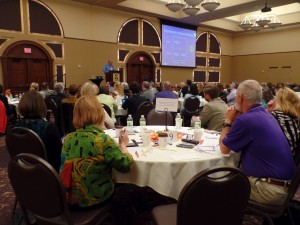
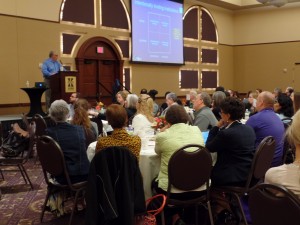
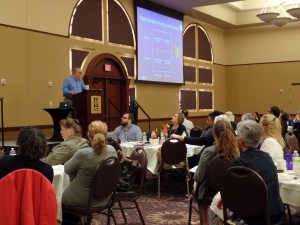
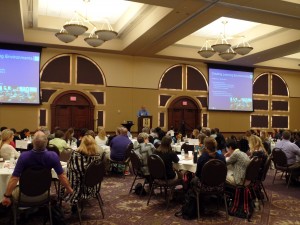
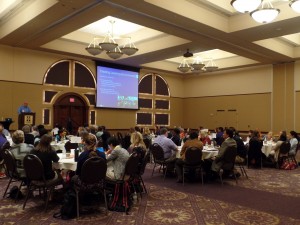


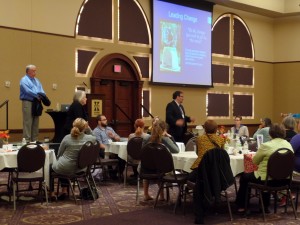



Recent Comments